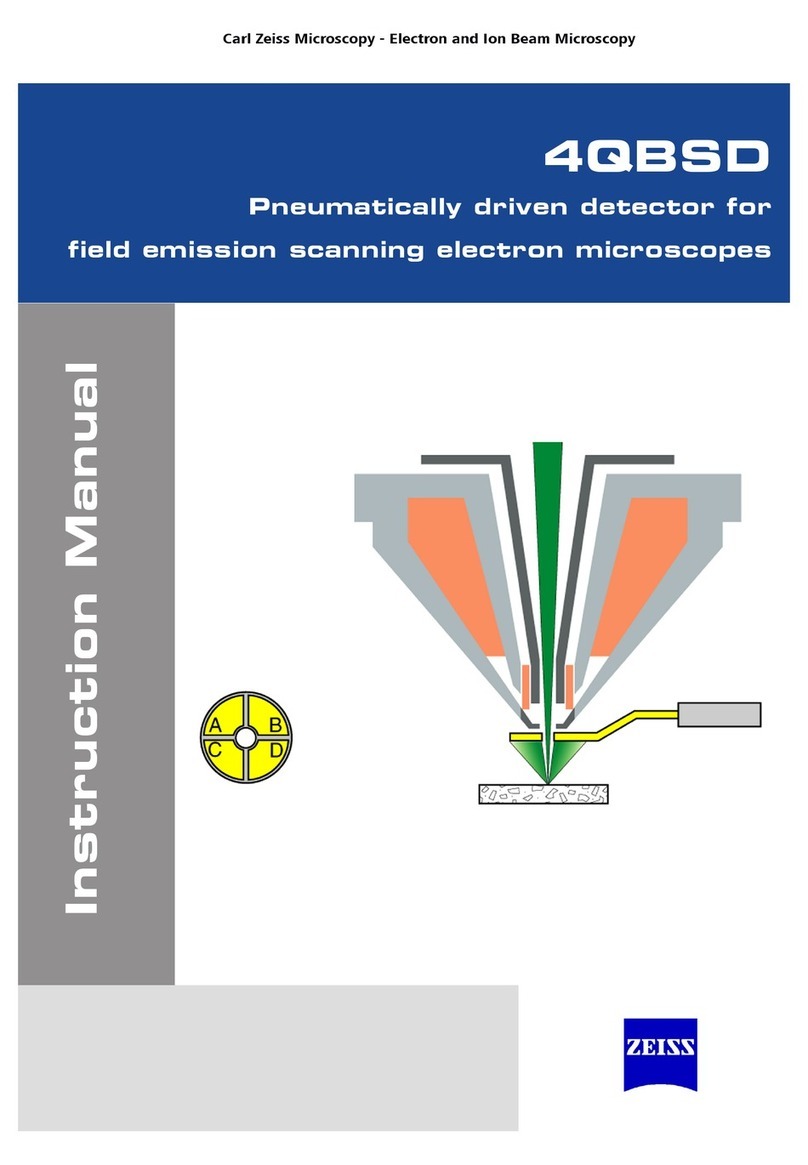
`çåíÉåíë
fåëíêìÅíáçå=j~åì~ä=_paQ=ÉåMN fff
Table of contents
1. About this manual ........................................................................................ 5
2. Safety summary ........................................................................................... 7
2.1. Intended use ..................................................................................................... 7
2.2. Prevention of accidents and of improper use ............................................... 8
2.3. Safety summary ............................................................................................... 9
2.3.1. Hazards related to personal injury ........................................................................... 9
2.3.2. Hazards not related to personal injury ................................................................... 10
2.3.3. STOP button .......................................................................................................... 11
3. Description ................................................................................................. 12
3.1. Overview ......................................................................................................... 12
3.1.1. Detector head ...................................................................................................... 13
3.2. Principle of operation .................................................................................... 14
3.2.1. BSD modes ........................................................................................................... 15
3.3. Technical data ................................................................................................ 17
3.3.1. Product identification ............................................................................................. 17
3.3.2. Specification .......................................................................................................... 17
3.4. System requirements ..................................................................................... 17
3.5. Customer service ........................................................................................... 18
4. Installation .................................................................................................. 18
5. Operation .................................................................................................... 19
5.1. Preparing the work with the BSD4 detector ................................................ 19
5.2. Obtaining an image ........................................................................................ 24
5.2.1. Inserting the BSD4 detector .................................................................................. 24
5.2.2. Selecting a BSD mode .......................................................................................... 25
5.2.3. Optimising the image ............................................................................................. 27
5.2.3.1. Automatically setting the gain range ............................................................................. 27
5.2.3.2. Manually setting the gain range .................................................................................... 28
5.2.3.3. Saving and recalling segment settings.......................................................................... 29
5.3. Stopping the BSD4 detector in an emergency ............................................ 31
5.3.1. Stopping the moving detector ................................................................................ 31
5.4. Saving and recalling stage coordinates (licence: STAGECO) ................... 32
5.4.1. Saving and editing stage coordinates ................................................................... 32
5.4.2. Recalling stage coordinates .................................................................................. 33
5.5. Using the Quad mode .................................................................................... 34
5.6. Finishing the work with the BSD4 detector ................................................. 35




























